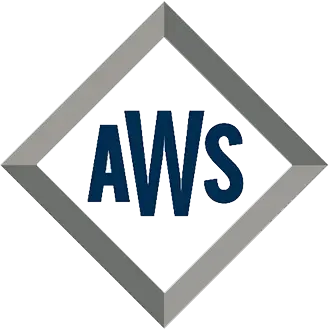5 Best Tips for Maximizing Efficiency with CNC Fiber Laser Cutting Machines
In the realm of advanced manufacturing, efficiency plays a crucial role, especially when utilizing a CNC fiber laser cutting machine. According to a recent report by the International Laser Manufacturing Association, the use of fiber lasers has seen a 35% increase in operational efficiency compared to traditional cutting methods. This rise can be attributed to the superior speed, precision, and versatility offered by CNC fiber laser technology.
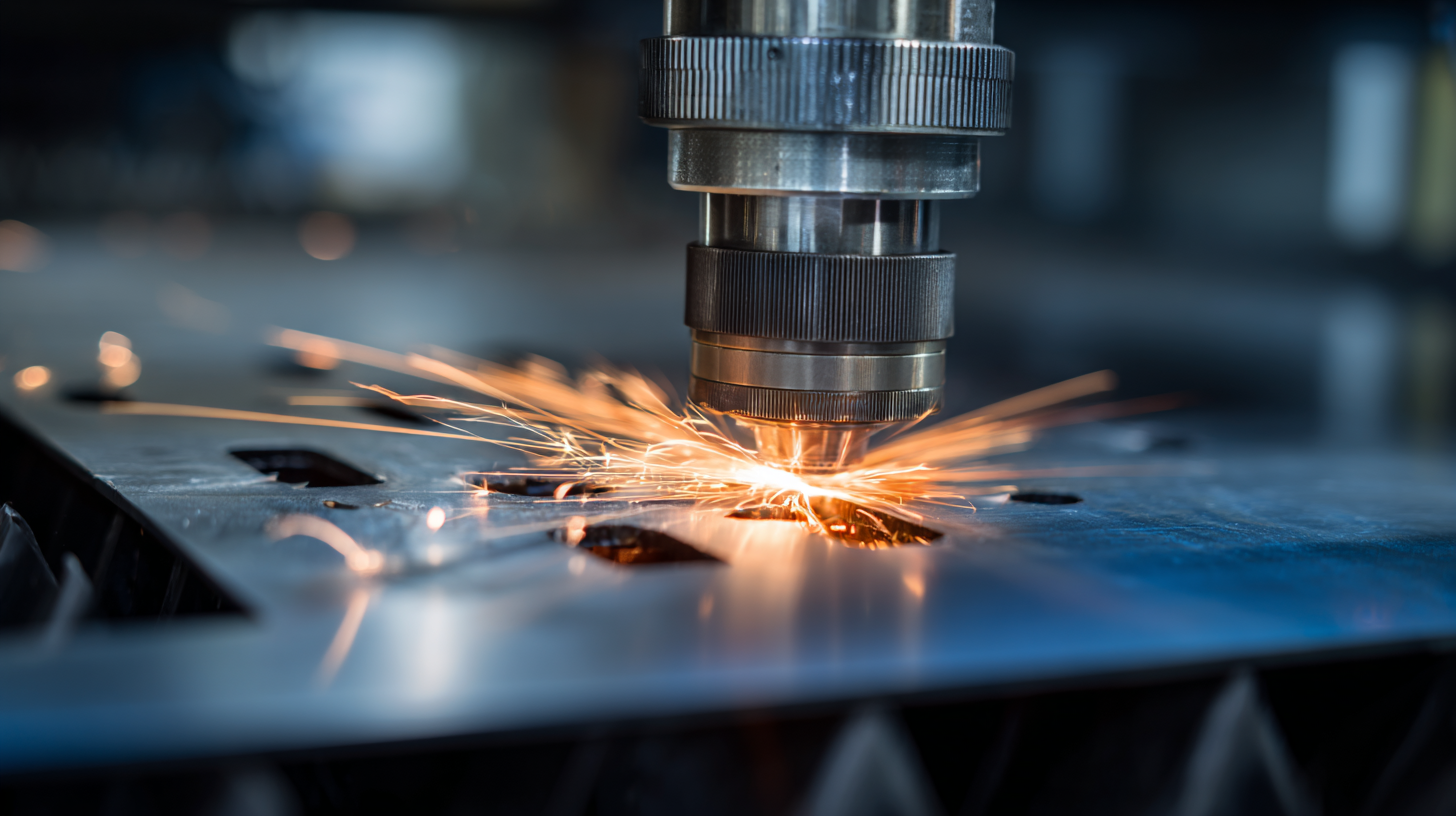
Furthermore, a study from MarketsandMarkets predicts that the global market for fiber lasers will reach $5.8 billion by 2024, underscoring the industry's shift towards these cutting-edge machines. Maximizing efficiency with a CNC fiber laser cutting machine not only reduces production costs but also enhances the quality of output, making it imperative for manufacturers to adopt best practices.
In this blog, we will explore five essential tips to help you harness the full potential of your CNC fiber laser cutting machine and stay competitive in the fast-evolving manufacturing landscape.
Understanding the Basics of CNC Fiber Laser Cutting Technology
CNC fiber laser cutting technology stands at the forefront of modern manufacturing, offering unparalleled precision and efficiency. As industries increasingly embrace automation and advanced manufacturing techniques, understanding the fundamentals of this technology becomes crucial. Fiber laser cutters utilize a concentrated beam of light, generated through optical fibers, to achieve clean cuts in various materials, including metals and plastics. This process not only enhances the quality of the cuts but also reduces the overall production time when compared to traditional cutting methods.
Moreover, the global fiber laser market is on a significant growth trajectory, projected to expand from $4.63 billion in 2025 to an impressive $10.75 billion by 2032, with a compound annual growth rate (CAGR) of 12.8%. This surge can be attributed to the increasing demand for automated solutions in various sectors, including automotive and aerospace. As manufacturers seek to improve their operational efficiency and output quality, investing in CNC fiber laser cutting systems promises not only to streamline production processes but also to meet the high demands of today's fast-paced market. Understanding these technological basics is key for businesses looking to leverage the advantages of fiber laser cutting in their operations.
5 Best Tips for Maximizing Efficiency with CNC Fiber Laser Cutting Machines
| Tip | Description | Benefits |
|---|---|---|
| Optimize Cutting Parameters | Adjust laser power, speed, and focal length for different materials and thicknesses. | Improved cutting quality and speed, reduced material wastage. |
| Regular Maintenance | Conduct routine checks and maintenance on your laser cutting machine. | Increased machine reliability and longevity, minimized downtime. |
| Utilize Advanced Software | Use software that optimizes toolpaths and nesting for cutting layouts. | Enhanced efficiency, reduced cycle times, better material utilization. |
| Implement Training Programs | Train operators on best practices and new technologies. | Higher productivity, fewer errors, and improved safety. |
| Monitor and Analyze Performance | Track machine performance metrics and adjust processes as necessary. | Continuous improvement, better decision-making, enhanced productivity. |
Key Factors Influencing Efficiency in CNC Fiber Laser Operations
When it comes to enhancing efficiency in CNC fiber laser operations, several key factors play a pivotal role. Primarily, the choice of laser power significantly affects cutting speed and material type. According to a report from the International Society of Automation (ISA), optimizing laser power can lead to a 30% increase in cutting speed for materials like stainless steel and aluminum. It's crucial to calibrate the laser settings according to the specific material to achieve the best results.
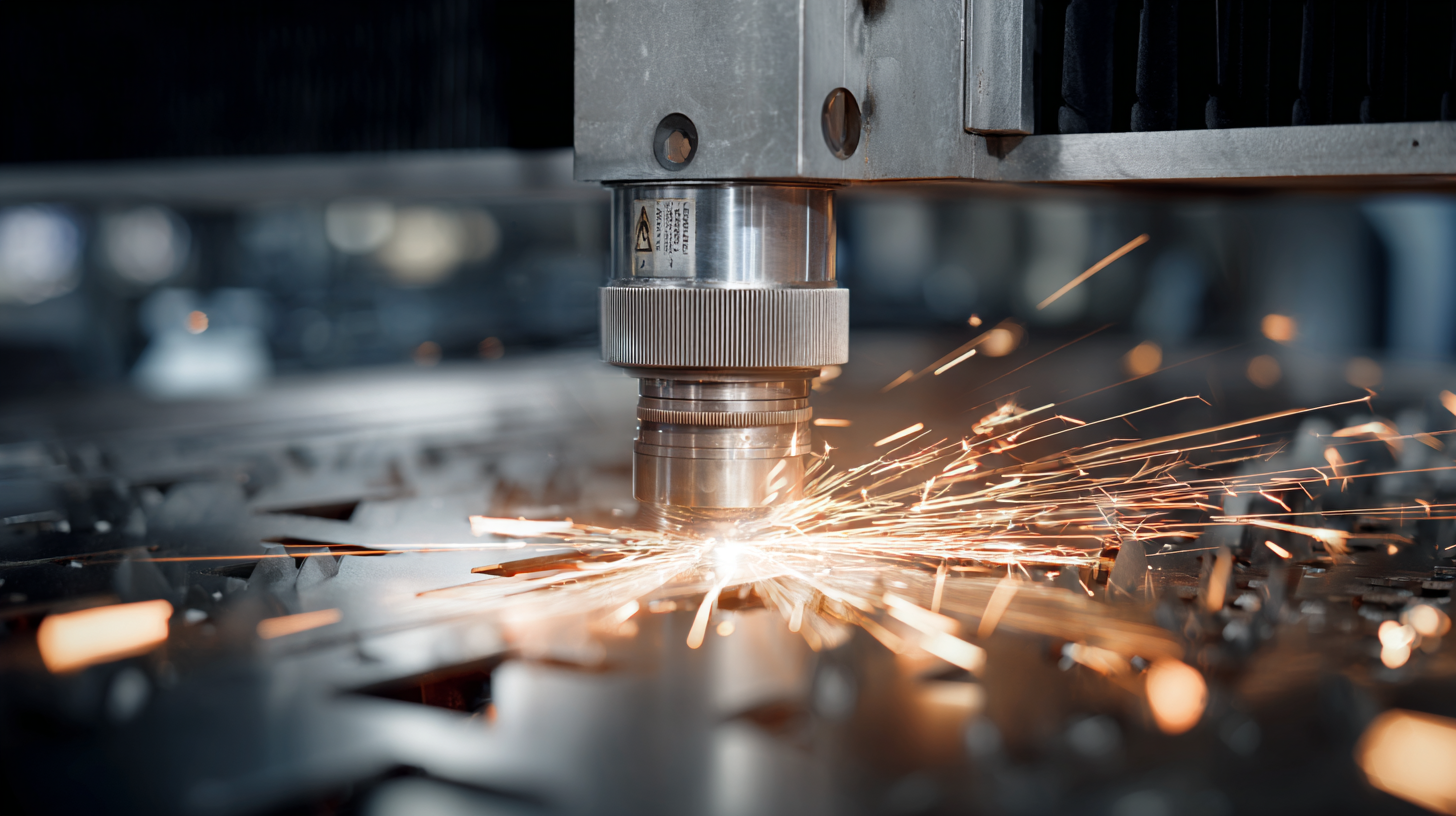
In addition to laser power considerations, proper maintenance of CNC fiber laser machines cannot be overlooked. A study from the National Institute of Standards and Technology (NIST) indicates that regular servicing can reduce downtime by as much as 25%. Implementing a strict maintenance schedule ensures machine longevity and consistent performance.
Another efficiency tip is to utilize advanced nesting software that maximizes material usage. Reports show that effective nesting can minimize waste by up to 20%, optimizing production costs and time. By combining these strategies, manufacturers can significantly boost their operational efficiency and output.
Best Practices for Material Selection and Handling in Laser Cutting
In the world of CNC fiber laser cutting, the selection and handling of materials are crucial for maximizing efficiency and ensuring high-quality output. Recent advancements in laser cutting technology have greatly enhanced the precision of industrial processes, allowing companies to achieve remarkable production rates. According to industry reports, the use of fiber laser systems can improve cutting speeds by up to 30% compared to traditional methods, emphasizing the importance of optimized material selection.
When it comes to best practices for material handling, it is vital to consider the type of material being processed. Some materials may require specific settings to achieve optimal cutting results. Tip 1: Always refer to the manufacturer's guidelines for material compatibility. This ensures that you are using the correct parameters for speed, power, and frequency, which can significantly reduce waste.
Additionally, storage conditions also play a key role in maintaining material integrity. Tip 2: Protect materials from environmental factors such as moisture and dust to avoid any degradation that might affect the cutting quality. Implementing these practices can lead to improved production efficiency and reduced operational costs, aligning with the trend of automatized processes that are reshaping the CNC industry.
Essential Maintenance Tips for Optimizing CNC Fiber Laser Machine Performance
Regular maintenance is crucial for optimizing the performance of CNC fiber laser cutting machines. One essential tip is to perform routine inspections of the laser optics and cutting heads. Dust or debris on these components can significantly impact cutting quality and efficiency. By ensuring the optics are clean and free of contaminants, operators can maintain precision and prolong the lifespan of the machine. A thorough check of the lens alignment is also vital, as misalignment can lead to poor cutting results and increased operational costs.
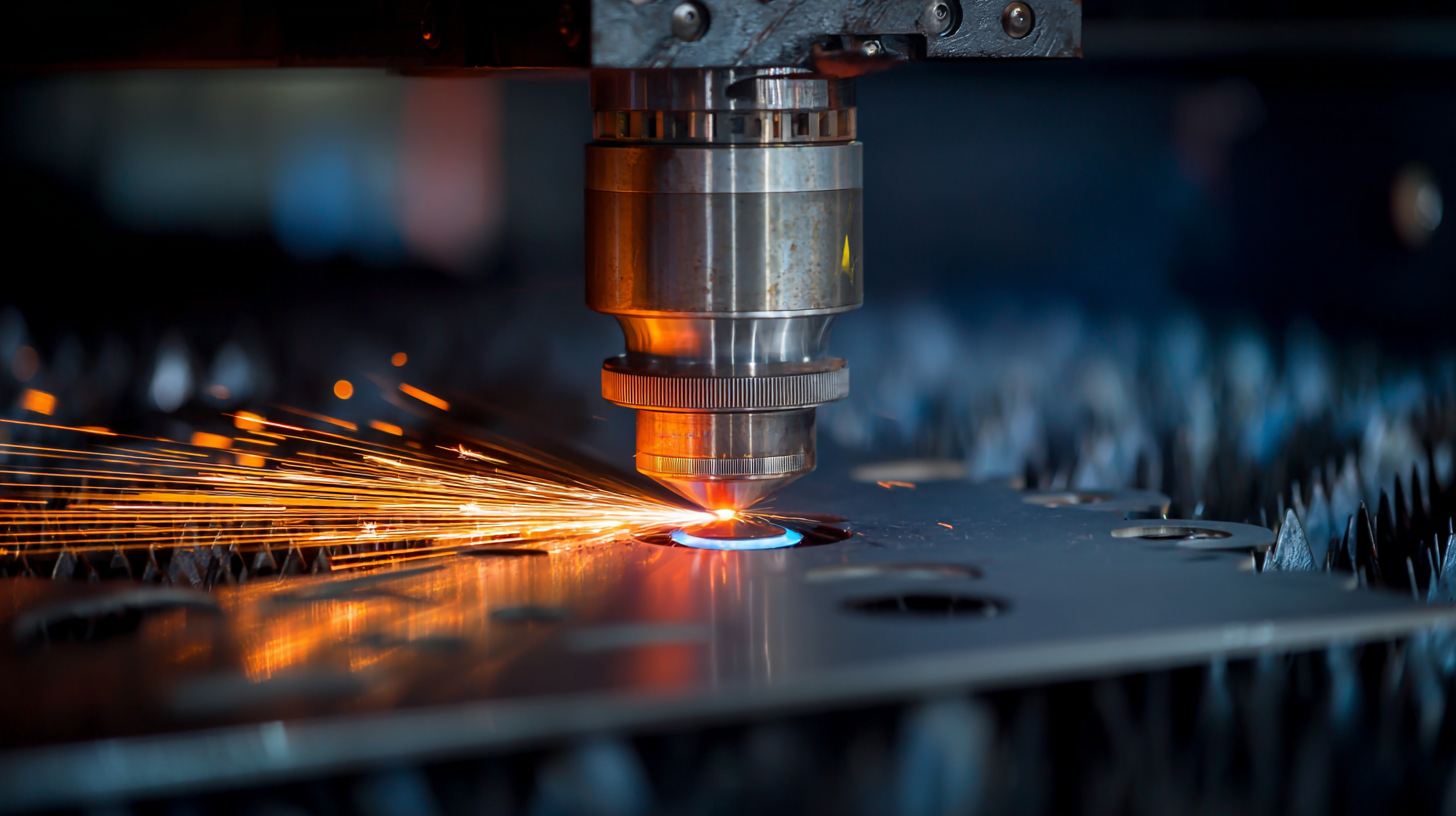
Another important maintenance aspect is to regularly check the coolant levels and the condition of the cooling system. Maintaining optimal operating temperatures prevents overheating, which can cause damage to the machine. Furthermore, replacing filters according to the manufacturer's recommendations helps maintain the quality of the coolant, ensuring it effectively minimizes wear on the machine components. By implementing these essential maintenance tips, operators can maximize the efficiency of their CNC fiber laser cutting machines, thereby increasing productivity and reducing downtime.
Advanced Software Solutions to Enhance CNC Fiber Laser Cutting Efficiency
Harnessing advanced software solutions can significantly enhance the efficiency of CNC fiber laser cutting machines. According to a report by Markets and Markets, the global CNC machine market, which includes fiber laser technologies, is expected to reach $92.89 billion by 2026, thanks in part to advancements in software, which streamline operations and optimize machine performance. These software solutions integrate real-time data analytics and machine learning, enabling operators to predict maintenance needs and minimize downtime, which is crucial in maintaining high productivity levels.
Moreover, utilizing software that provides comprehensive simulation and nesting capabilities can further maximize material utilization. A study from the Laser Institute of America mentioned that proper nesting techniques can reduce material waste by as much as 20%, translating directly into cost savings. By implementing these advanced software tools, manufacturers can not only enhance cutting precision but also significantly speed up production cycles, allowing businesses to stay competitive in an increasingly demanding market. The evolution of such software underscores the necessity for manufacturers to invest in technology that promotes operational efficiency and cost-effectiveness.
Related Posts
-

7 Essential Benefits of Sheet Metal Laser Cutting for Modern Manufacturing
-

Innovative Techniques in Sheet Metal Manufacturing You Might Not Know
-

Exploring Alternatives to CNC Laser Cutting Machines for Precision Manufacturing
-
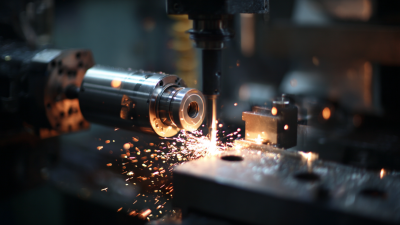
Top Strategies for Enhancing Efficiency in Sheetmetal Fabrication Processes
-

7 Best Laser Machine Innovations to Transform Your Manufacturing Process
-
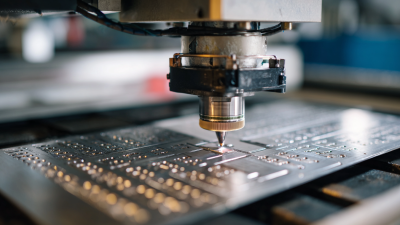
10 Best Sheet Metal Prototyping Tips for 2023 to Boost Your Production Efficiency
Get your project done the Right way
7:00am - 5:00pm
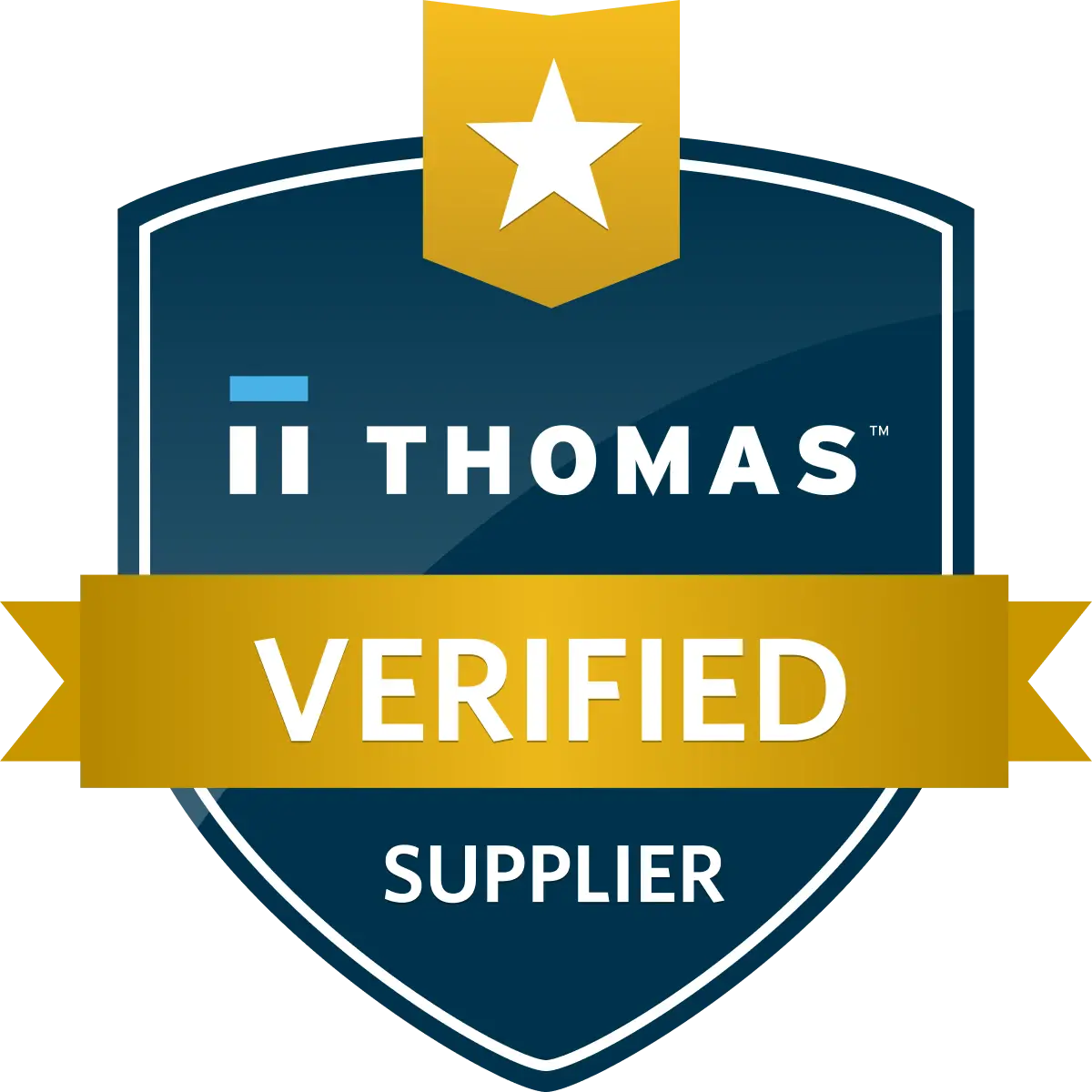
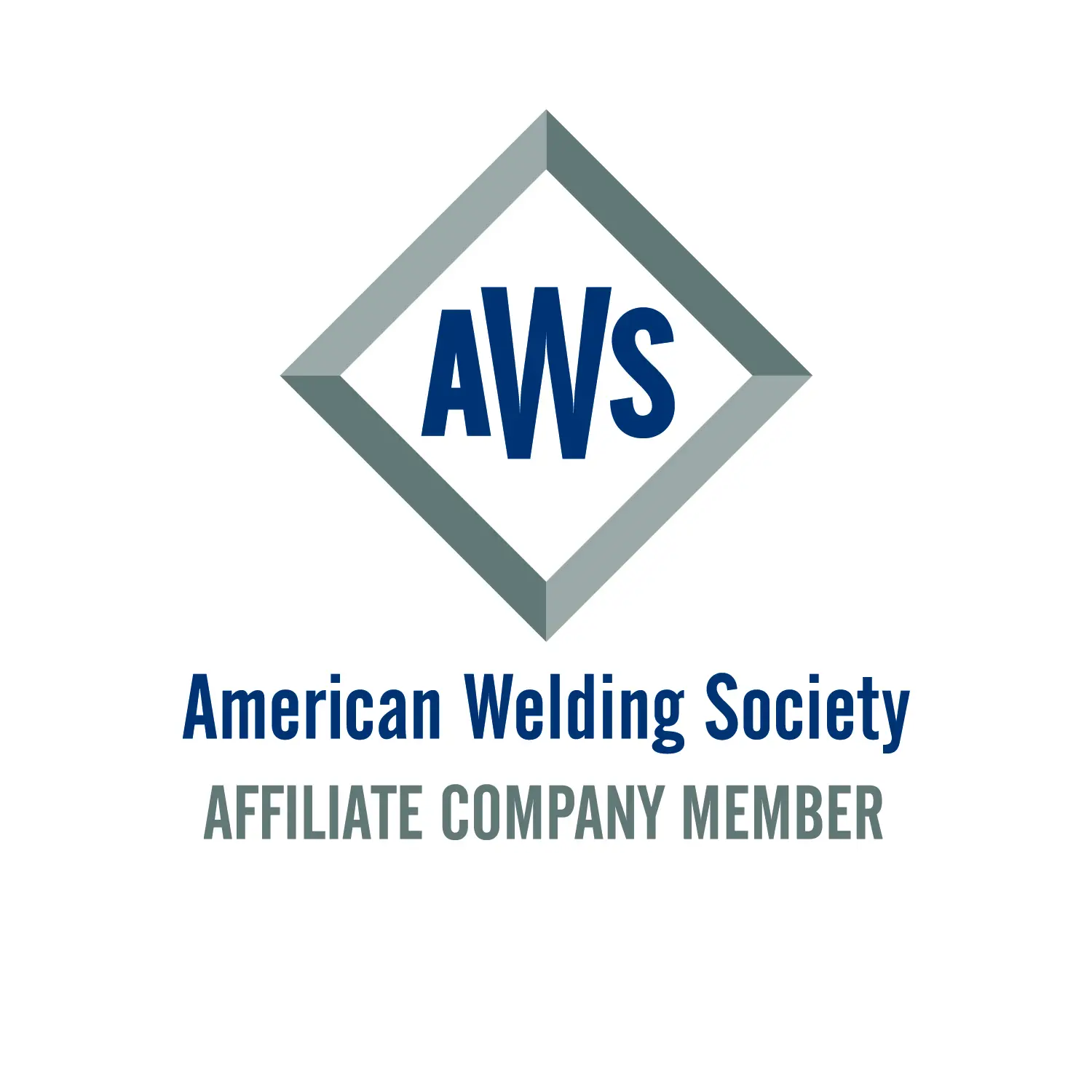
- Copyright2025 © Tri-State Fabricators
- Accessibility
- Privacy Policy
- Terms


